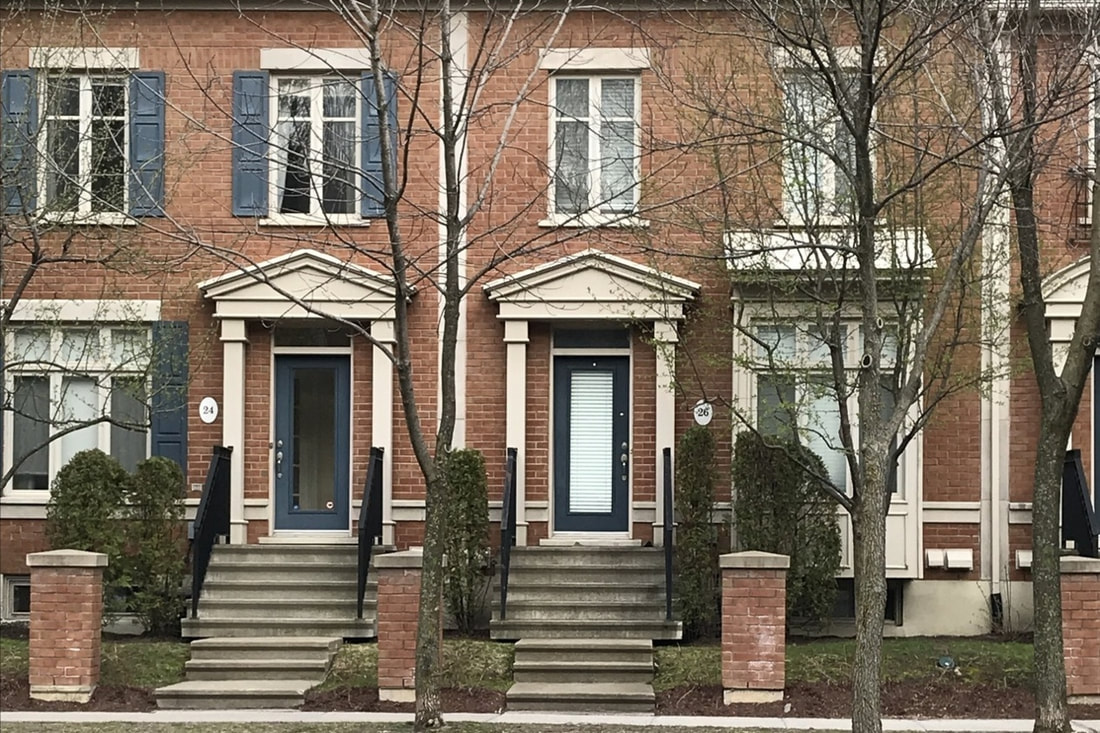The color of bricks
Brick is one of the most popular materials for architects designing with a vintage or rustic aesthetic: exposed brick walls are often touted as highly desirable for apartments, restaurants, and stores, and exterior brick facades can make a building or home feel warmer and more inviting. However, the color and cut of the brick can greatly influence the atmosphere it emanates, with white brick lending itself to more minimalist design and tan brick tending to feel more rustic and earthy. We will explore some of the most popular brick colors, ways to artificially color brick, and recent projects that use brick facades or interior brick elements effectively.
|
Exterior brick facades can make a home feel warmer and more inviting. However, the color and cut of the brick can greatly influence the atmosphere it emanates, with white brick lending itself to more minimalist design and tan brick tending to feel more rustic and earthy. We will explore some of the most popular brick colors, ways to artificially color brick, and recent projects that use brick facades or interior brick elements effectively.
|
|
Popular brick colors include red, white, tan, brown, orange, gray, or black, with many different variations within them as well as a wide variety of styles and cuts.
Red Red brick is the most traditional color of brick, and is often associated with older or more classic styles of architecture, such as the victorian style found in most newer houses in Montreal. It can thus be used to create a vintage or traditional aesthetic, or to adapt a new building to the character of an older neighborhood. |
|
Tan / Brown
Tan and brown bricks are very similar to red bricks in their commonness and in their modes of use. Many bricks may also be some combination of red, tan, and brown. Nevertheless, tan and brown bricks differ from noticeably red bricks in that in many places they tend less toward strong historical associations and maintain instead a timeless, earthy, natural aesthetic. |
|
inVictorian style tan brick townhouse in Nuns Island
|
White
White brick, which may feel cleaner and more modern than traditional red or brown brick, is a common choice for stores, restaurants, and apartments aiming for a simultaneously chic and vintage look. |
|
Brick stained black
|
Black
Like white brick, black brick often lends itself to a sleek, modern style of design, with the monochromatic color encouraging experiments with form and contrast. shown, exemplifies the clean and modern effect of black brick. Staining brick maintains the original texture rather than masking it, and has more permanent effects due to the forming of a chemical bond. This effect also makes staining lower maintenance, less prone to water damage, and therefore a more effective method for exterior bricks, whereas painting may be more effective for interiors. Bricks may also be painted to alter their original color. Painting a brick helps mask the natural texture of the brick, which may be useful for architects seeking a cleaner or slicker design. It is typically preceded by a rigorous cleaning of the brick, followed by the application of a latex primer, after which the paint is finally applied using specific masonry paint products. However, painting brick, by creating a film over the original texture, may trap moisture and require increased maintenance to maintain the original appearance. |
|
Montreal suburbs bungalow beige brick
|
Other colors
Other colors of brick, including gray, pink, or orange, may be less common and have less defined characteristics. Structures using orange brick, for example, may do so because of the particular qualities of a specific material or brick manufacturer. These anecdotal examples also serve to demonstrate that there is no single natural brick color – rather, colors may vary depending on location, local materials, firing temperature, the atmosphere in the kiln, and more. Most bricks burn to various hues of red: as the temperature increases, this red may progress from dark red, to purple, to brown or grey. Similarly, naturally pink bricks are usually the result of high iron content, while naturally white or yellow bricks are the result of high lime content. |



